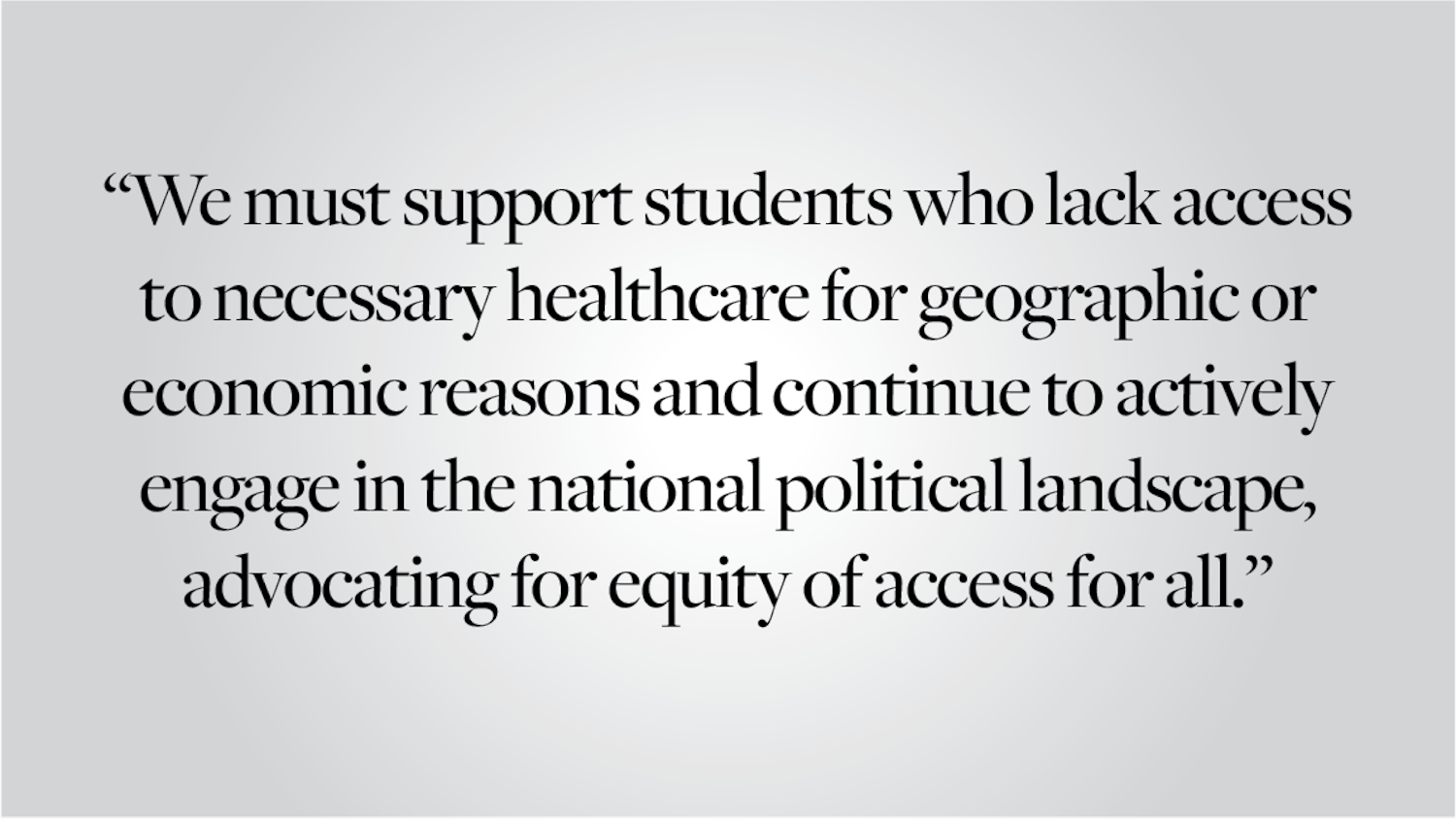On Thursday, Provost Richard Locke and Executive Vice President for Finance and Administration Barbara Chernow ’79 shared their plan to reduce Brown’s multimillion-dollar, short-term structural budget deficit. Currently, Brown spends more money than annually budgeted, so eliminating the deficit is crucial to improving the University’s financial strength. While we commend the strenuous efforts and deliberation undertaken by the administration in developing such a plan, we are left wondering about the direct impact the plan will have on the campus and surrounding community.
Administrators have done an exceptional job of keeping the community engaged in the arduous process of crafting the deficit reduction plan, emphasizing feedback in their periodic requests for comment. Yet the plan shared with the community last week failed to relate its consequences to the same extent as was detailed by the set of recommendations set forth by the Deficit Reduction Working Group. Given that the plan was based on these recommendations, we believe it would behoove the administration to similarly detail the consequences of the plan it subsequently created.
Chief among our interests is clarifying the effect that this plan will have on staff members. The Herald reported Friday that downsizes in the University’s IT staff would be the result of “attrition” rather than layoffs. What exactly does attrition look like for staff members? As Locke told The Herald, “We want Brown to be a model employer, to treat everyone in the community really well.” Given that the University plans to eliminate this deficit in three years, it remains unclear whether Locke and Chernow anticipate the plan itself to precipitate the elimination of these staff positions, or whether such attrition would otherwise normally occur.
Moreover, it is unclear what impact this plan will have on staff members in other University offices. For instance, the plan cites an interest in “potentially modifying library services and hours of operation.” Regarding Facilities Management, the plan states an interest in “reorganizing staffing and leveraging strategic sourcing to generate savings.” These two points, without clarification, seem to suggest potential staff cuts in other University offices. It is ambiguities like these that we would like clarified and communicated broadly.
In fiscal year 2015, Brown received gifts totaling over a quarter of a billion dollars. The $292.6 million raised by Brown in one year alone, larger than the GDPs of several small island nations, stands in stark contrast to the picture painted by the administration amid its efforts to reduce the short-term structural budget deficit. Given the University’s record-breaking success, the community is entitled to greater clarification about the ramifications of the administration’s belt-tightening. While we applaud the efforts undertaken by the administration to ensure the University’s long-term fiscal viability, it is important that the administration communicates to the fullest extent possible the ramifications of a plan that will affect our community.
Editorials are written by The Herald’s editorial page board: its editors, Manuel Contreras ’16 and Meghan Holloway ’16, and its members, Emma Axelrod ’18, Noah Fitzgerel ’17 and Aranshi Kumar ’17. Send comments to editorials@browndailyherald.com.




